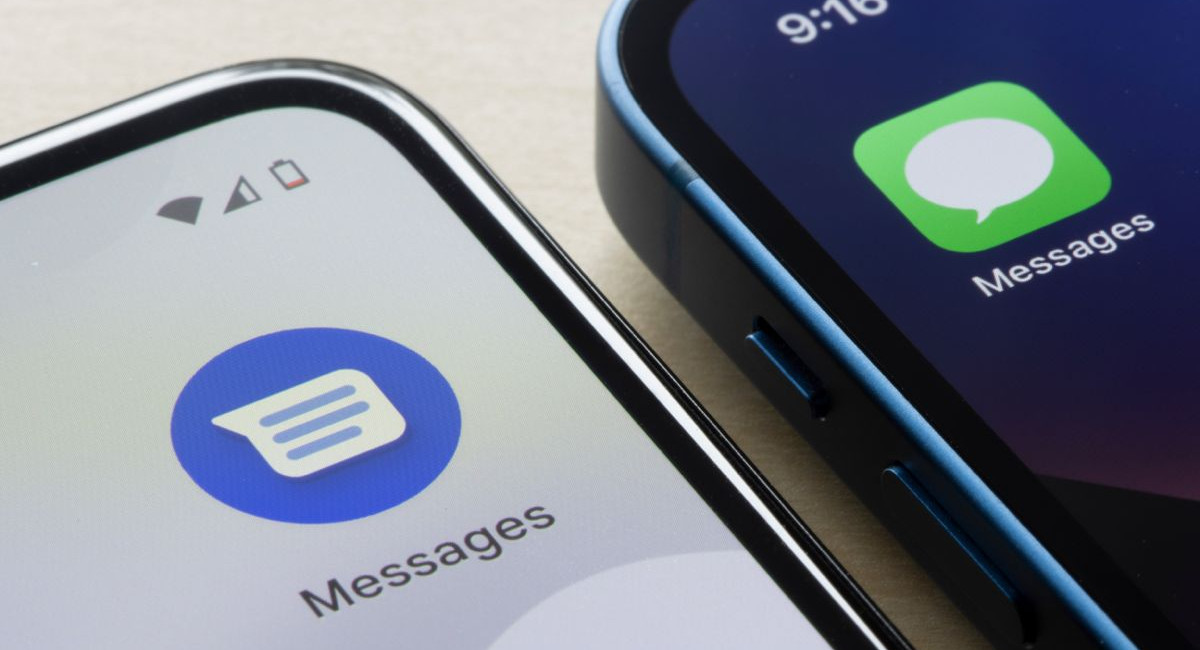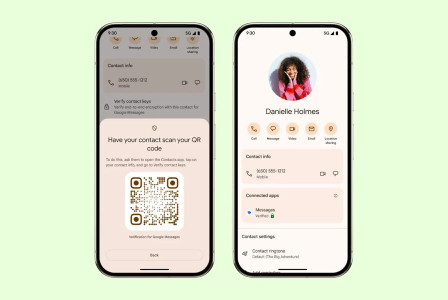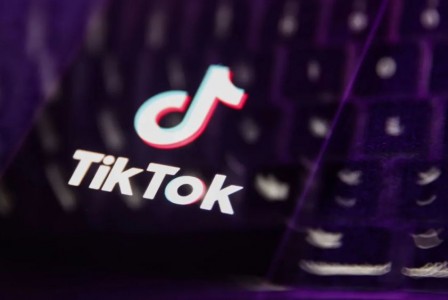SEARCH
Android users can now edit messages sent to iPhone

SHARE IT
Android users are finally gaining the ability to edit text messages sent to iPhones, marking a significant step forward in cross-platform messaging. However, while the feature represents progress, it doesn’t come without limitations. In fact, the user experience can differ substantially depending on the device on the receiving end.
This change is part of the broader shift toward Rich Communication Services (RCS), a modern messaging protocol that Google has long championed. The company’s push reached the mainstream through the #GetTheMessage campaign, which aimed to pressure Apple into adopting RCS and ending the long-standing fragmentation in messaging between Android and iPhone users.
Earlier this year, with the release of iOS 18, Apple finally moved to support RCS, introducing features like typing indicators, read receipts, high-resolution media sharing, and more—bringing the “green bubble” experience closer to parity with iMessage conversations. According to Google, more than 1 billion RCS messages are now being exchanged daily across Android devices. And now, the ability to edit sent messages is joining that list of enhanced functionalities.
The new editing feature was first spotted in the wild by Android Authority’s Mishaal Rahman, who noticed a pencil icon appearing next to sent messages in Google Messages. From there, it became clear that Google was beginning to roll out editing capabilities, at least in a limited test.
On Android devices, the feature works intuitively. Users simply long-press the message they want to correct, tap the pencil icon, make the necessary changes, and hit send. They have a 15-minute window to do so, after which the edit option disappears.
But while this feels smooth on Android-to-Android chats, things play out differently when the recipient is using an iPhone. Instead of the original message being updated, as it is between Android users, iPhone users receive a completely new message that includes the revised text, prefaced with an asterisk to indicate it’s a correction. The original message remains in the conversation thread untouched.
The discrepancy stems from Apple’s implementation of RCS. While the company has indeed embraced the protocol, the version built into iOS 18 is based on an earlier RCS standard that doesn’t support message editing. Google's editing function is aligned with the newer RCS Universal Profile 3.0, which includes provisions for message modifications and other advanced features. Since Apple hasn't yet updated its system to accommodate this newer standard, the message correction appears as a separate entry rather than a clean, edited bubble.
For now, Google appears to be testing the feature with a small group of users, and it may be some time before it rolls out widely. There’s also no confirmed date for when Apple might update its implementation to support the newer RCS profile. Still, industry watchers believe Apple is likely to adopt it eventually—particularly as both companies have committed to rolling out cross-platform end-to-end encryption, which would require tighter standardization of features like editing.
While the editing feature isn’t yet perfect, it is a promising sign that progress continues toward a more unified messaging experience. The reality of today’s mobile landscape is that people often communicate across platforms, and consistent, modern features like editing, reacting, and encryption should be universal—not just reserved for iMessage or intra-Android chats.
Until Apple aligns its RCS rollout with the latest universal profile, Android users will have to accept that their edited messages will arrive on iPhones as new entries. But even with this shortcoming, the ability to send a correction without having to follow it up manually marks a meaningful improvement.
This development also highlights the growing importance of RCS as a global messaging standard. What started as a quiet technical upgrade is now becoming central to how mobile users communicate, collaborate, and stay connected. As both Google and Apple continue to adapt, the days of broken message threads and limited functionality across ecosystems may soon be a thing of the past.
For now, Android users can enjoy the convenience of editing their messages—even if the experience on the iPhone end still needs some refinement. With Google leading the charge and Apple slowly catching up, messaging between the world’s two biggest mobile platforms is finally starting to feel a little more modern.
MORE NEWS FOR YOU

 Help & Support
Help & Support 

